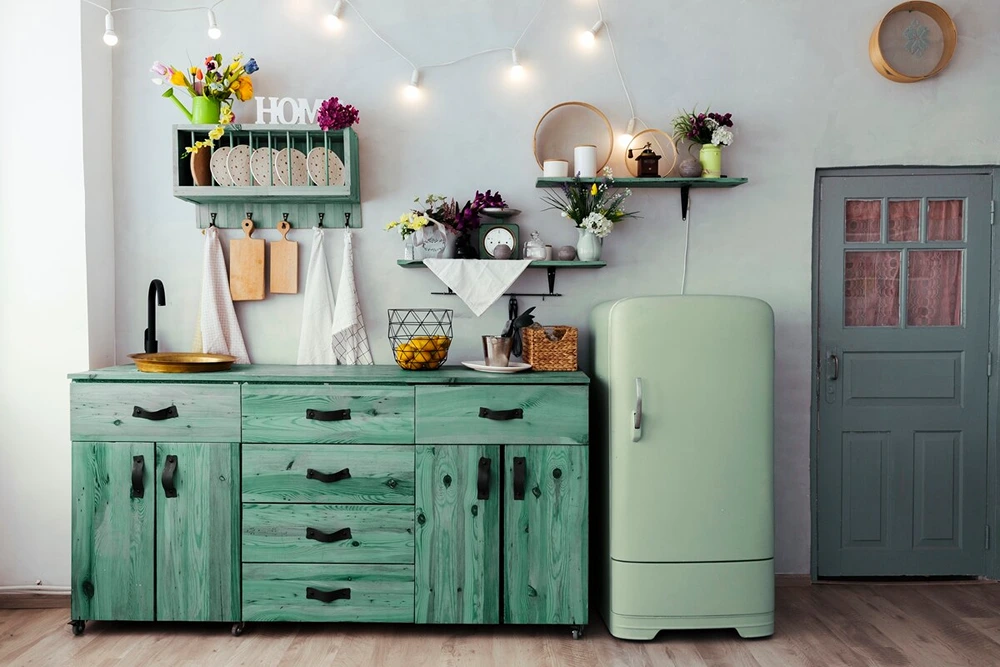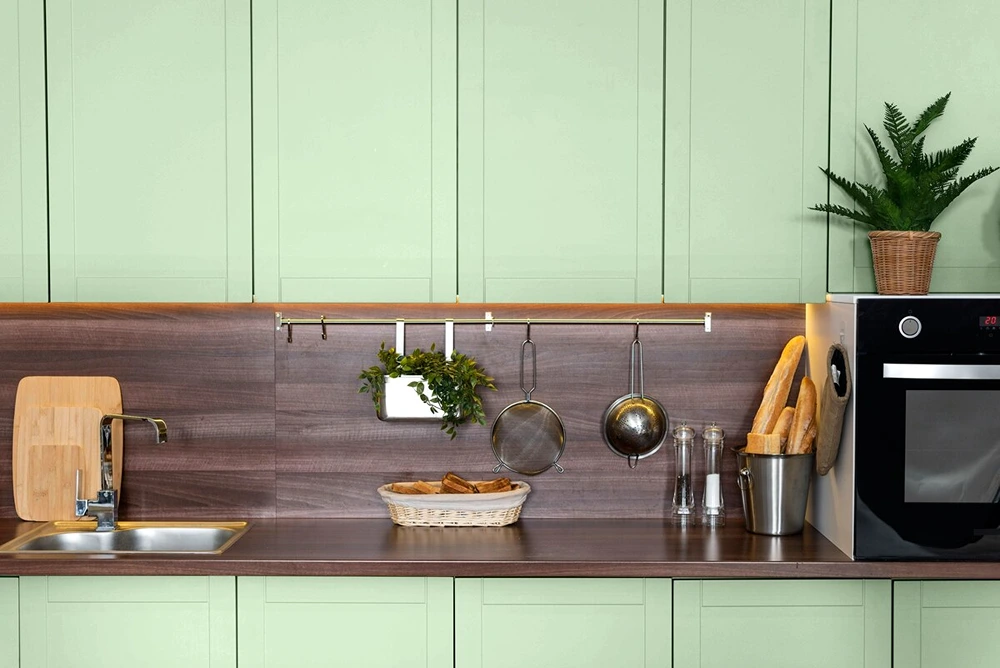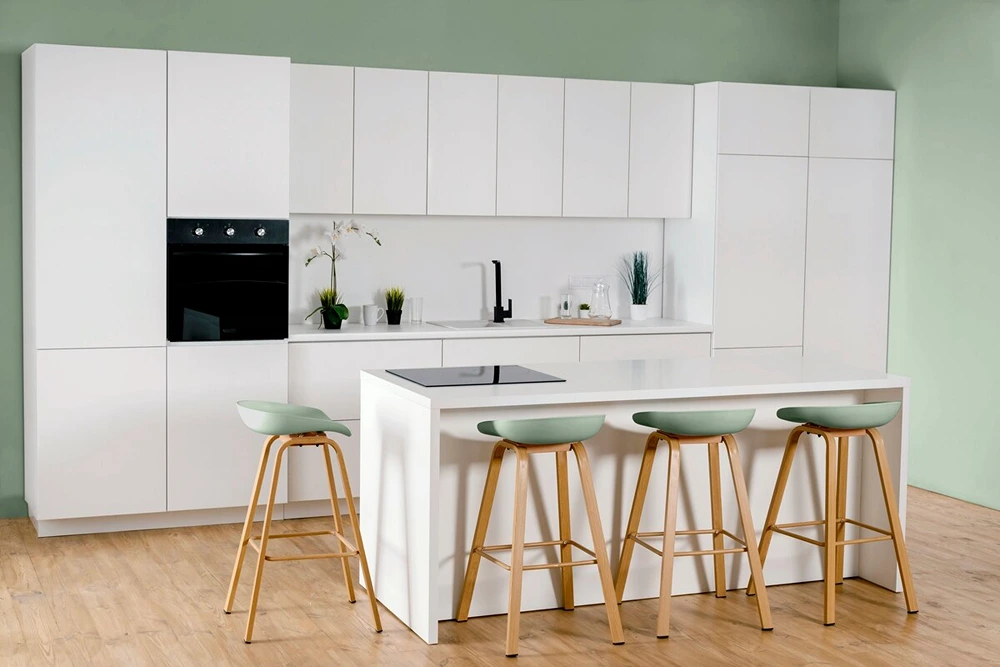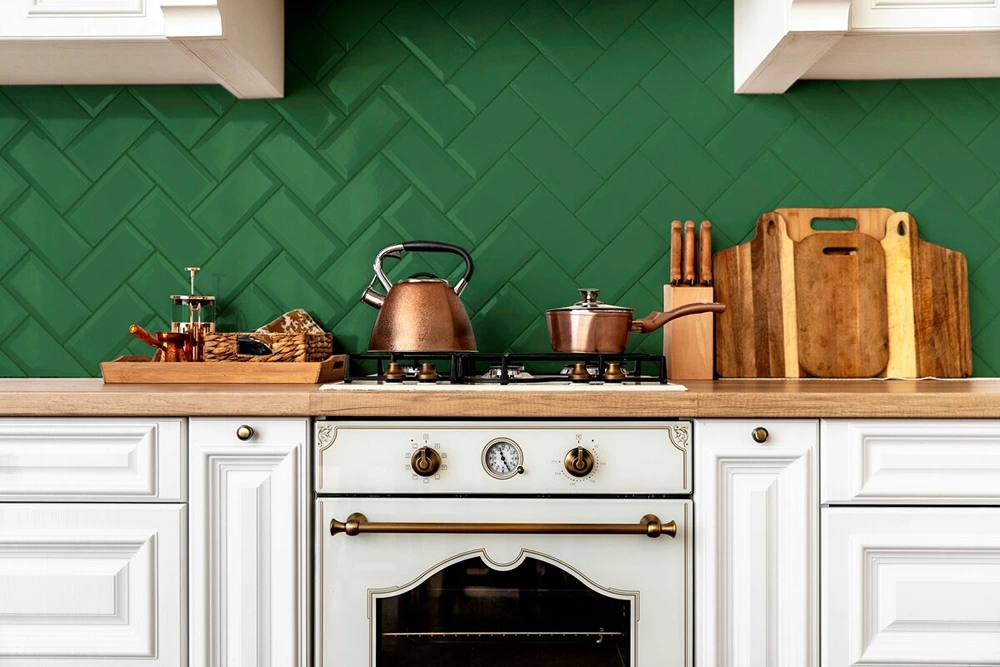Remodeling your kitchen with a green perspective not only contributes to a healthier environment but also enhances the overall aesthetics and functionality of your cooking space. In this comprehensive guide, we delve into various aspects of green kitchen remodeling, focusing on sustainable materials, energy-efficient appliances, and innovative design ideas.
Key Takeaways:
- Utilize sustainable materials like bamboo and recycled products for a greener kitchen.
- Opt for Energy Star-rated appliances to reduce energy consumption.
- Incorporate eco-friendly paints and finishes with low VOCs for better indoor air quality.
- Implement water-saving features and smart technologies for enhanced efficiency.
Understanding Green Kitchen Remodeling
Green kitchen remodeling revolves around making eco-friendly choices, from materials to appliances, ensuring that your kitchen not only looks good but also minimizes its environmental impact.

The Importance of Eco-Friendly Kitchen Design
An eco-friendly kitchen design is crucial for reducing carbon footprint and promoting a sustainable lifestyle. It involves choosing materials and appliances that are energy-efficient, durable, and have minimal impact on the environment.
Trends in Green Kitchen Remodeling
The trend towards green kitchens is growing, with more homeowners seeking sustainable and energy-efficient options. This includes the use of recycled materials, energy-saving appliances, and designs that maximize natural light.
Benefits of a Green Kitchen
- Reduced Environmental Impact: Using sustainable materials and energy-efficient appliances lowers the ecological footprint of your kitchen.
- Cost Savings: Energy-efficient appliances and water-saving fixtures can significantly reduce utility bills.
- Healthier Living Space: Low VOC paints and natural materials improve indoor air quality, creating a healthier environment.
Sustainable Materials for Green Kitchens
Recycled Materials
- Glass: Recycled glass countertops are durable and visually appealing.
- Wood: Reclaimed wood can be used for cabinetry, adding a rustic charm.
Bamboo and Sustainable Woods
- Bamboo: A fast-growing, sustainable option for flooring and cabinetry.
- FSC-Certified Wood: Ensures that the wood is sourced from responsibly managed forests.
Energy-Efficient Appliances and Lighting
Energy Star Rated Appliances
- Refrigerators: Consume less energy, reducing electricity bills. Energy Star Appliances
- Dishwashers: Use less water and energy compared to standard models.
LED Lighting Solutions
- Under-Cabinet Lights: Enhance visibility and add a modern touch.
- Recessed Ceiling Lights: Provide uniform lighting with lower energy consumption.

Eco-Friendly Paints and Finishes
Low VOC Paints
- Health Benefits: Improve indoor air quality by reducing harmful emissions.
- Variety: Available in a wide range of colors and finishes.
Natural Oil Finishes
- Wood Treatments: Protect and enhance the natural beauty of wood without harmful chemicals.
Innovative Water-Saving Features
Low-Flow Faucets
- Water Conservation: Reduce water usage without compromising performance.
- Design Options: Available in various styles to match your kitchen decor.
Water Recycling Systems
- Greywater Systems: Reuse water from sinks for irrigation or toilet flushing.
Maximizing Natural Light and Ventilation
Skylights and Windows
- Natural Light: Reduces the need for artificial lighting during the day.
- Ventilation: Promotes air circulation, reducing humidity and improving air quality.
Effective Ventilation Systems
- Range Hoods: Remove cooking odors and reduce moisture.
- Energy Recovery Ventilators: Exchange indoor and outdoor air efficiently.

Green Flooring Options
Cork and Linoleum Flooring
- Cork: Comfortable underfoot and renewable.
- Linoleum: Made from natural materials, durable and easy to maintain.
Recycled Tile Options
- Ceramic and Glass Tiles: Made from recycled materials, offering a variety of design choices.
Eco-Friendly Countertops and Cabinets
Recycled Glass Countertops
- Durability: Resistant to heat and scratches.
- Aesthetics: Unique patterns and colors.
Sustainable Cabinet Materials
- Bamboo: Strong and rapidly renewable.
- Recycled Wood: Reduces deforestation and adds character.
Integrating Plants and Greenery
Indoor Herb Gardens
- Fresh Herbs: Convenient for cooking and aromatic.
- Air Purifying: Plants improve indoor air quality.
Living Walls
- Visual Appeal: Adds a natural element to the kitchen.
- Health Benefits: Plants can reduce stress and improve mood.
Smart Kitchen Technologies for Sustainability
Smart Thermostats
- Energy Management: Regulate temperature efficiently.
- Convenience: Control settings remotely via smartphone.
Energy Monitoring Systems
- Track Usage: Monitor energy consumption of appliances.
- Cost Savings: Identify areas to reduce energy use.
Recycling and Composting Solutions
Built-in Composting Bins
- Waste Reduction: Turn kitchen scraps into compost for gardening.
- Odor Control: Modern designs prevent unpleasant smells.
Recycling Stations
- Organization: Separate bins for different recyclables.
- Convenience: Integrated into kitchen design for easy access.
Smart Kitchen Technologies for Sustainability
Smart Thermostats
- Energy Management: Smart thermostats help maintain optimal temperatures, reducing energy waste.
- Remote Control: Adjust settings from your phone for convenience and efficiency.
Energy Monitoring Systems
- Usage Insights: Track how much energy your appliances use.
- Cost-Effective: Identify high-energy areas and make adjustments to save money.

Recycling and Composting Solutions
Built-in Composting Bins
- Eco-Friendly Waste Management: Turn kitchen scraps into nutrient-rich compost.
- Design Integration: Modern bins can be seamlessly integrated into your kitchen design.
Recycling Stations
- Efficient Sorting: Dedicated bins for different types of recyclables.
- Convenience: Easily accessible, making recycling a simple part of daily life.
FAQs on Green Kitchen Remodeling
Bamboo, recycled glass, and FSC-certified wood are top choices for sustainability.
Opt for Energy Star-rated appliances and LED lighting to reduce energy consumption.
Use low VOC paints, install energy-efficient lighting, and utilize recycled materials.
Eco-friendly kitchens are increasingly sought after, potentially increasing home value.
The Impact of Low VOC Paints on Indoor Air Quality
According to the US EPA, low VOC paints significantly improve indoor air quality by reducing harmful emissions. This is crucial for a healthy living environment.
| Paint Type | VOC Level | Benefits |
| Low VOC | Minimal | Healthier air quality |
| Zero VOC | None | Best for sensitive individuals |
The Role of Energy Star Appliances in Green Kitchens
Energy Star appliances are central to a green kitchen, offering significant energy savings.
| Appliance | Energy Saving | Benefit |
| Refrigerator | Up to 20% | Reduced electricity bills |
| Dishwasher | Less water usage | Conservation of water resources |
Sustainable Kitchen Design: A Summary
Green kitchen remodeling is not just a trend; it’s a commitment to a sustainable lifestyle. By choosing eco-friendly materials, energy-efficient appliances, and incorporating smart technologies, you can create a kitchen that’s not only beautiful but also kind to the planet.
Related Posts
Future Kitchen Technologies: Revolutionizing Home Cooking and Design
The kitchen, often considered the heart…
Tech-Advanced Kitchen Design: The Future of Culinary Spaces
The kitchen, traditionally the heart of…




